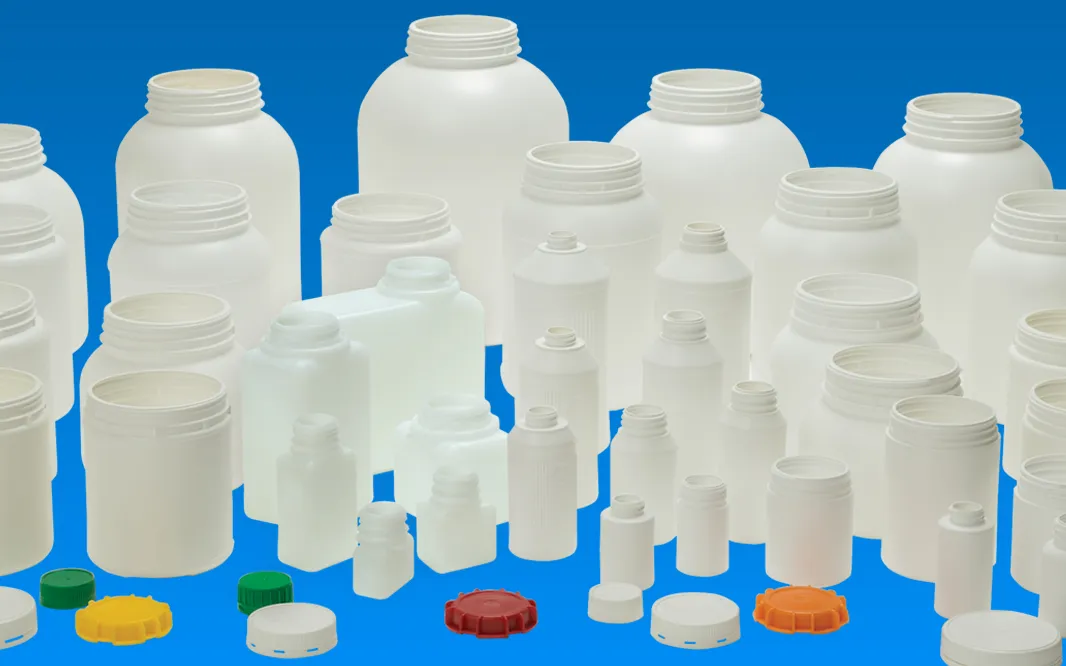NOW TAKING ORDERS ONLINE

The Blow Moulding Process
The Blow Moulding Process is simple but an effective way to manufacture thoudsands of Plastic Bottles & Plastic containers for the packaging industry, including producing plastic parts for the industrial and technical industries.
How blow moulding works
Air is blown into a thin walled plastic cylinder called the parison. The parison is formed by melted plastic material being pushed through an extruder.
When the parison reaches a certain length, the two halves of the mould close around the parison sealing it at the bottom. Compressed air is then used to inflate the parison to form the shape of the cavity inside the mould.
The plastic begins to cool and become firm, the mould opens, and the new container is removed.
Blow Moulding Glossary
Blow Pressure
The air pressure used to form a hollow part by blow moulding
Blow Rate
The speed at which the air enters the parison during the blow moulding cycle
Cavity
Depression in a mould that forms the shape of the product to be moulded
Cross Head
A channel which changes the direction of the ‘melt’ from a horizontal flow through the extruder, to a vertical flow through an extrusion die to form the parison
Cycle Time
The period between a certain point in one cycle and the same point in the next
Deflashing
Covers the range of finishing techniques used to remove the flash (excess unwanted material) on a plastics moulding
Extrusion
The compacting of plastics material and the forcing of it through an orifice in a continuous manner
Flash
Extra plastics attached to a moulding along the parting line. It must be removed before the product is considered finished.
Flash Line
A raised line appearing on the surface of a moulding and formed at the junction of the mould faces
Lip
The outer edge of the top of a container, intended to facilitate pouring
Mould Seam
A vertical line formed at the point of contact of the mould halves
Parison
The hollow plastics tube from which the product is blow moulded
Recycle
Ground materials from flash and trimmings which, after mixing with a certain amount of virgin material, are fed back into the blow moulding machine
Quick Contact
COPYRIGHT | Ellapack Pty Ltd


